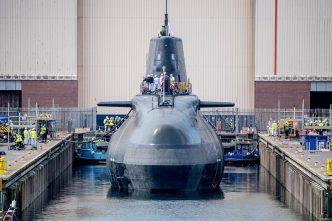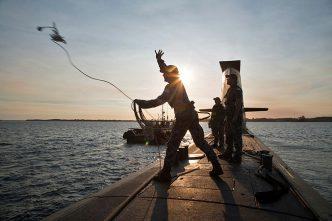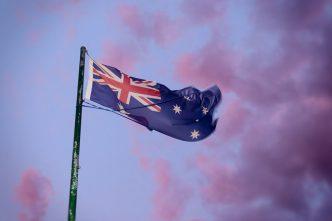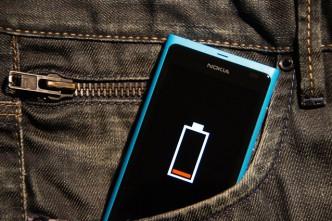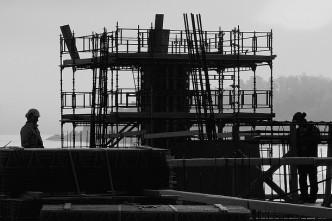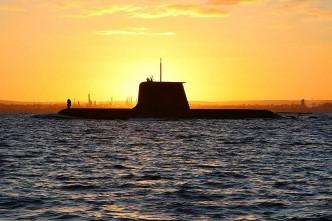The agreement for Australia to acquire nuclear-powered attack submarines (SSNs) is the most significant part of the recent AUKUS announcement. The offer of assistance from the United Kingdom and the United States to acquire this …
The recent advice from the chief of Australia’s navy that the first Shortfin Barracuda may not come into service until the mid-2030s is sobering news given Australia’s deteriorating strategic circumstances and the critical role the …
Australia’s rapidly deteriorating strategic circumstances have caused me to review my earlier stance on the navy’s future submarine requirements and the case for nuclear propulsion. As Hugh White wrote in response to Paul Dibb and …
On 20 December 2017 shortly after 10 am, the coral encrusted bow and forward hydroplanes of AE1 appeared on the display, relaying images from a video camera suspended from the search vessel Fugro Equator, hovering more than …
Australia’s next submarines will be the most sophisticated naval vessels under construction in the world and they will be built here in Australia with Australian workers using Australian expertise and Australian steel. The strong desire …
There have been a number of well-argued suggestions that Australia should introduce nuclear powered submarines (SSN) and, more recently, an emotive argument that a conventional submarine is not up to the task required by Australia’s …
In part one of this series, I examined some of the limitations of a lead acid Main Storage Battery for Australia’s Future Submarines (FSM), the potential advantages offered by lithium ion alternatives now being developed …
There’s one number that every conventional submarine commanding officer calculates day and night: the percentage of the Main Storage Battery (MSB) that remains. Let me bring a submarine operator’s perspective to the points made recently …
Political controversy, design issues and a logistics foul up, including a failure to allocate the resources to sustain the capability—there are some strikingly familiar themes in the acquisition of Australia’s first submarines, two 700-tonne E-class …
In two posts for The Strategist, Why Australia Should Build Its Own Submarines (part 2 here), I discussed the benefits of building all submarines in Australia, including better management of the cost of ownership through …
The Government has recently announced a rolling build strategy for building future frigates and corvettes; given my recent post on this subject I think this is a sensible step, even though there are overseas production …
It’s time to review the arguments for 12 next generation submarines; the more so because eight seems to be the conventional wisdom of the day! Any consideration on this subject should start with why Australia …
